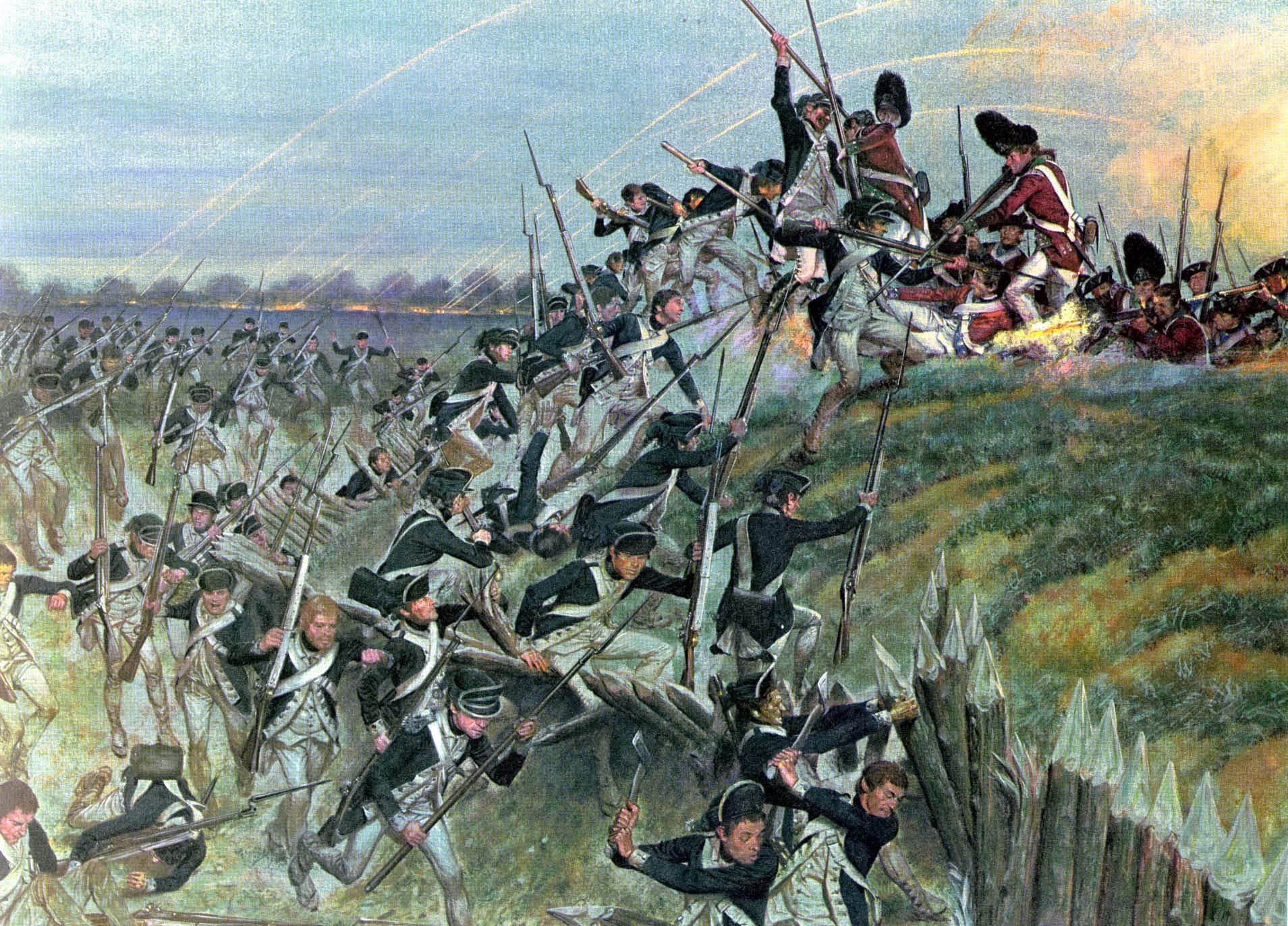Part 2: On the Sea and on the Land Meanwhile, French forces under Admiral Francois Joseph Paul de Grasse sailed for the Chesapeake Bay, to support the eventual arrival of Washington, Rochambeau, and 7,000 men. The large force marched from New York to Yorktown. This journey took more than a month, beginning on August 19 and ending on September 28. At the same time, Washington sent out fake dispatches that convinced the British that an attack on New York was imminent. A week before the land forces arrived in Yorktown, a naval battle played a large part in the eventual outcome of the land battle. The French fleet arrived off the Virginia Capes and engaged the British fleet on September 5. The Battle of the Chesapeake was a French victory and convinced Admiral Thomas Graves to turn his ships around and head back to New York. French ships sailed on toward Yorktown while French and American troops approached on land. Clinton had ordered Cornwallis to Yorktown and told him to fortify the place. The idea was, eventually, to land reinforcements from New York. But Graves’s defeat ended that possibility for the time being. On September 28, Cornwallis found his forces and himself surrounded. Estimates of the size of the two forces are that British forces had dwindled by this time to less than 9,000, through a combination of fatigue, injury, and bouts with a particularly virulent strain of malaria. American forces would already have been exposed to the disease, and French troops who were infected would have not developed systems yet (because the disease has a monthlong incubation period).  Surrounding Yorktown on land were nearly 20,000 Frenchmen and Americans. French ships prevented a British escape by sea, while also preventing British seaborne reinforcements from arriving. Surrounding Yorktown on land were nearly 20,000 Frenchmen and Americans. French ships prevented a British escape by sea, while also preventing British seaborne reinforcements from arriving.
Nonetheless, Cornwallis ordered the first attack, on September 29. The two sides traded rifle fire and cannon fire sporadically, without much incident; when the firing stopped, the British pulled back from all but three of their redoubts (outer defenses). A French attack on a redoubt the next day resulted in nothing other than loss of French life. For the next few days, both sides traded low-level fire. On October 6, Washington gave the order to start digging a trench. The siege had begun. The trench eventually stretched 2,000 yards, from the York River to the head of Yorktown. The French and Americans made sure to dig the trench just out of the range of the British muskets. With the trench completed, the allied troops dragged their heavy guns into place. By October 9, the number of heavy guns that could be brought to bear on Yorktown was 14. A French opening salvo was followed by an American firing. Legend has it that George Washington fired the first big gun and that the shot smashed a table at which were sitting British officers. Next page > An Upside-down World > Page 1, 2, 3 |
|
Social Studies for Kids
copyright 2002–2025
David White


